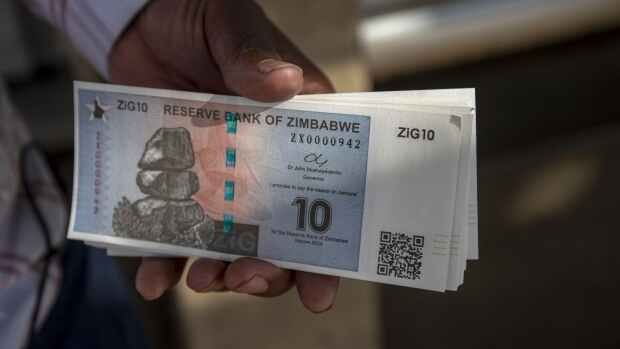Zimbabwe plans to allow its gold-backed currency, the ZiG, to float freely on the foreign exchange market, according to the deputy governor of the central bank, Innocent Matshe.
While he refrained from providing a specific timeline, Matshe emphasized that the goal is to create a market-driven exchange rate free from administrative control.
“The idea is to have price discovery that is not interfered with by administrative measures,” Innocent Matshe said Wednesday in an interview in Bulawayo, the nation’s second-biggest city. “The endgame is a floating exchange-rate which is free from interference.”
The ZiG, short for Zimbabwe Gold, was introduced in April as the nation’s sixth attempt in 15 years to establish a functional local currency.
The move aimed to replace the US dollar as the primary unit of exchange. However, the currency has depreciated significantly on the unofficial market, leading the central bank to devalue it by 43% on September 27.
Despite the adjustment, the market rate remains significantly higher, with the ZiG trading at 35-40 per US dollar compared to the central bank’s official rate of 26.69.
Matshe indicated that the transition to a floating exchange rate will depend on market conditions and did not specify when it would occur.
He acknowledged the criticisms of the central bank’s control over the official exchange rate, which businesses argue has led to an overvalued currency and price distortions in the economy.
However, Matshe also emphasized that the central bank would not fully relinquish its role in ensuring the efficient functioning of the market.
“All central banks do intervene in the market when the price discovery mechanism fails for one reason or the other,” he said.

